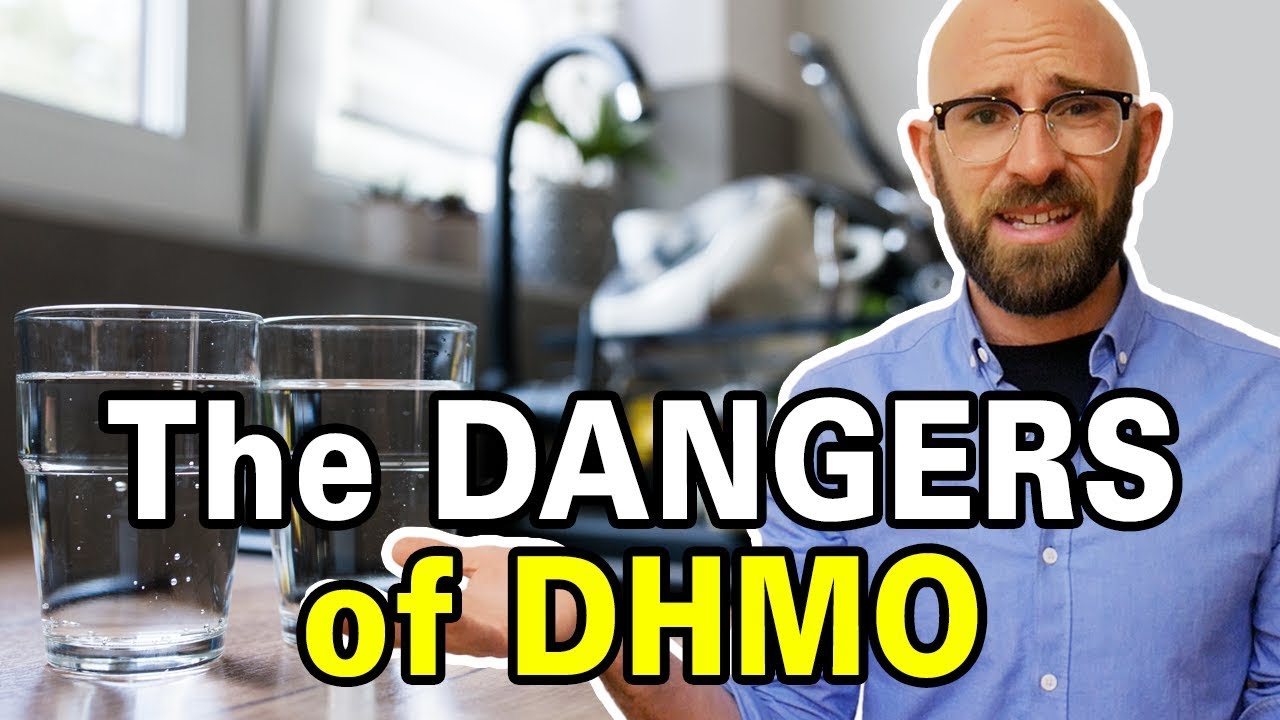What You Should Know About Coalition To Ban DHMO?
The Internet today is a huge pile of excellent genuine information and a lot of false information. Analysis of information (data) may be presented in truth. Alternatively, the analysis may be deliberately biased to lead to incorrect conclusions for readers who are inadequately informed and vulnerable to deception. A good example of misleading information is the Coalition to ban DHMO. Continue reading this article to educate yourself and learn more about DHMO hoaxes.
What Does Coalition To Ban DHMO Implies?
According to the Coalition to Ban DHMO website, DHMO is "colorless, odorless, tasteless and kills thousands of people each year. Most of these deaths are caused by accidental inhalation of DHMO, This is not the only danger of dihydrogen monoxide. Prolonged contact with its solids causes serious tissue damage. Symptoms of taking DHMO include excessive sweating, urination, and in some cases satiety, nausea, vomiting, imbalance of body electrolytes, etc. For those who are addicted, withdrawal from DHMO means a specific death.
That's not the only danger of DHMO. Some websites claim that DHMO are so caustic that they can cause corrosion and rust on many metals and are the main component of acid rain. It is also found in resected tumors in end-stage cancer patients and contributes to the greenhouse effect. Surprisingly, the presence of this chemical has been identified in all rivers, streams, lakes, and industries around the world.
Is The Coalition To Ban DHMO True?
As the Coalition to Ban DHMO website suggests, DHMO is the main component of acid rain, a promoter of metal corrosion and rust found in tumors of cancer patients, and a cause of the greenhouse effect. It is fatal when inhaled and is more colorless and odorless. Tasteless dihydrogen monoxide (DHMO) causes severe burns under the right conditions and causes thousands of deaths each year.
An exercise in perspective, by focusing simply on the negative, we can easily be tricked into thinking that everything is bad, even if it's as vital as water, which consists of two hydrogen atoms and one oxygen atom. Hoax aims to explain how lack of scientific knowledge and over-analysis can lead to misguided fear. Dihydrogen monoxide, abbreviated as DHMO, is the scientific name for water, and although technically correct, it is rarely used.
How Did The Coalition To Ban DHMO Start?

Who First Alerted the World to the Dangers of Dihydrogen Monoxide?
One of the earliest Dihydrogen Monoxide hoaxes was printed on April 1, 1983 in the weekly newspaper Durand Express in Shiawassee County, Michigan. The article warns the general public that inhalation of chemicals is "mostly fatal" and that smoke causes severe blisters on the skin. But by the end of the article, it turned out that the dangerous chemicals were really just water.
With the advent of the Internet, chemists continued to prey on ignorant people, and by 1994 Internet Jokers pretended to be seriously discussing the dangers of dihydrogen monoxide. One of the earliest fake organizations, eventually called the Coalition to Ban Dihydrogen Monoxide, was founded in 1989 by students at the University of California, Santa Cruz.
In addition, Nathan Zohner, a 14-year-old student at Eagle Rock Junior High School in Idaho Falls, Idaho, warned 50 of his classmates about the "dangers" of DHMO in the 1997 science project "How Gullible Are We?" I urged you. Encourage them to participate in his efforts to ban DHMO. He was able to get 43 people to sign his petition.
Conclusion
People can post information on the web regardless of whether they know what they are talking about or not. Therefore, the information found on the Internet may be incorrect. Now you know that DHMO is just water. Can you imagine banning water? Probably not. Thus, this example perfectly shows how to manipulate people's emotions by using some very true facts to make people believe what they want to believe. Hope this article helps you to be careful before believing any information you see or hear especially on Social Media.